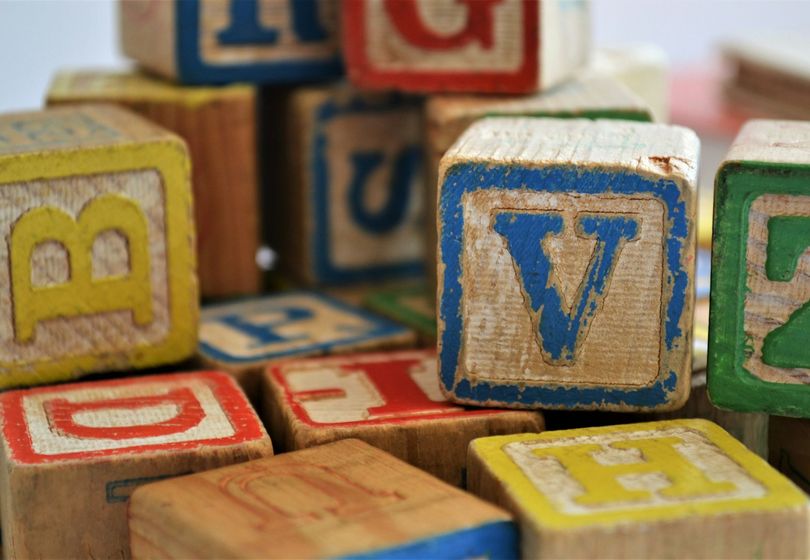
Generation after generation, the world of toys continues to evolve, reflecting the changes in society, culture, and technology. From classic toys that have stood the test of time to modern toys that incorporate the latest trends, the toy industry has continually adapted to meet the needs and preferences of each new generation.
Classic toys hold a special place in many people's hearts, evoking feelings of nostalgia and memories of simpler times. Toys like teddy bears, wooden blocks, and dolls have been beloved for decades, providing children with hours of imaginative play. These toys often emphasise creativity and open-ended play, allowing children to use their imagination to create their own worlds and stories.
As society has progressed, so too have toys. Modern toys now incorporate cutting-edge technology, from interactive robots to augmented reality games. These toys provide children with new ways to play and learn, engaging them in a world that is increasingly digital and interconnected. While some may argue that technology is taking away from the traditional play experience, others see it as an opportunity to enhance learning through play.
One of the key benefits of toys throughout the generations is their ability to foster learning through play. Classic toys like building sets and puzzles help develop spatial awareness and problem-solving skills, while modern toys with educational apps and interactive features can boost literacy and numeracy. By combining play with learning, toys have the power to support children's cognitive development in fun and engaging ways.
Childhood culture plays a significant role in shaping the evolution of toys. As trends and interests change, so too do the types of toys that are popular among children. From action figures based on popular movies to STEM toys that promote science and engineering skills, the toy industry continually adapts to reflect the interests and preferences of each new generation of children.
While the toy industry has undergone significant changes over the years, one thing remains constant: the importance of play in childhood development. Regardless of whether a toy is considered classic or modern, the act of play helps children explore their world, develop social skills, and unleash their creativity. By embracing the evolution of toys and the trends that shape them, we can ensure that each generation of children has access to toys that inspire, educate, and entertain.
